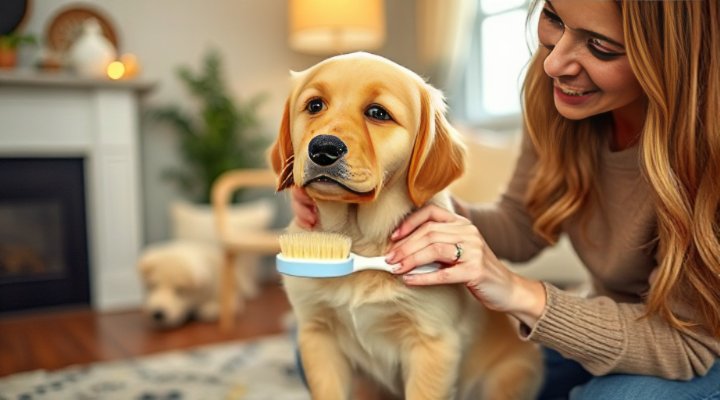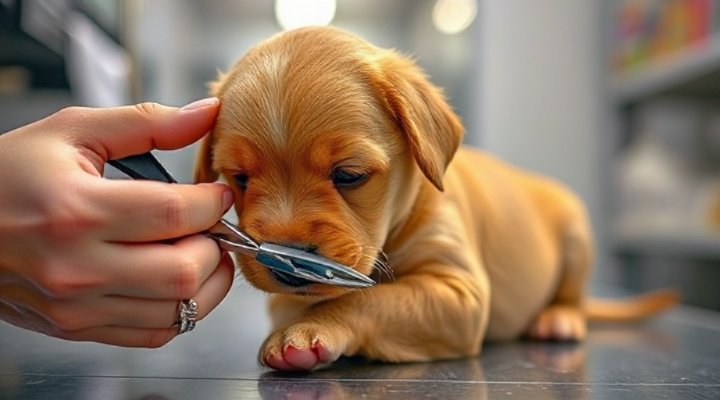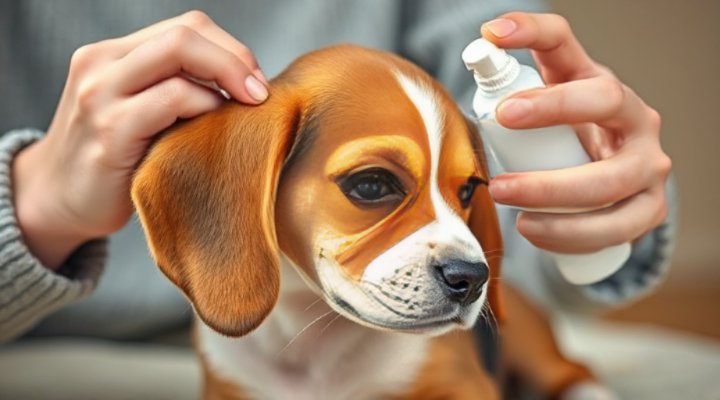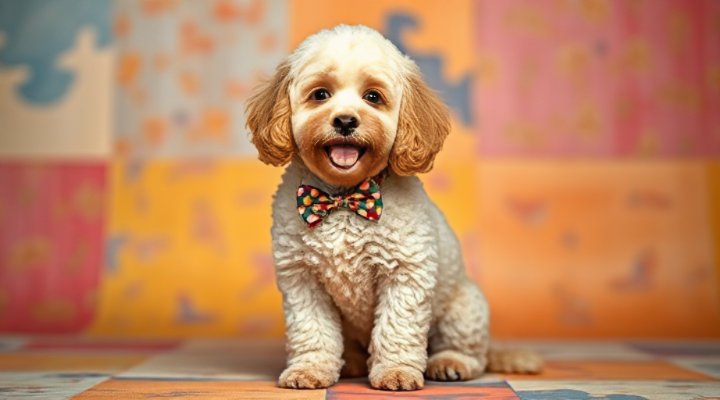Puppy grooming is much more than just keeping your furry friend looking adorable – it’s a crucial part of their overall health and wellbeing. Regular grooming sessions help prevent skin issues, matting, and other health problems while giving you quality bonding time with your pup.

Why Puppy Grooming Matters
Proper puppy grooming serves multiple important purposes. Firstly, it maintains your puppy’s hygiene by removing dirt, debris, and loose hair. Secondly, it allows you to check for any abnormalities like skin irritations, lumps, or parasites. The American Kennel Club emphasizes that regular grooming from an early age helps puppies become comfortable with being handled.
Moreover, grooming stimulates blood circulation and distributes natural oils throughout your puppy’s coat, keeping it healthy and shiny. As a bonus, well-groomed puppies tend to shed less around your home!

Essential Puppy Grooming Tools
Before starting your puppy grooming routine, you’ll need some basic tools:
- Soft-bristle brush or grooming glove
- Puppy-safe shampoo and conditioner
- Nail clippers designed for dogs
- Ear cleaning solution and cotton balls
- Toothbrush and dog toothpaste
The AVMA recommends introducing these tools gradually to prevent your puppy from becoming fearful. Make each introduction a positive experience with plenty of treats and praise.
Brushing Your Puppy
Regular brushing is the foundation of good puppy grooming. Start with short sessions of just a few minutes, gradually increasing the time as your puppy becomes more comfortable. For short-haired breeds, a rubber grooming glove works wonderfully, while long-haired puppies may need a slicker brush or comb.

Bathing Your Puppy
While puppies don’t need frequent baths, establishing a positive bathing routine early is crucial. Use lukewarm water and a gentle, puppy-formulated shampoo. Be sure to avoid getting water in their ears and eyes. Our guide on professional dog grooming tips offers more detailed advice.
After the bath, towel dry your puppy thoroughly. If using a blow dryer, keep it on the lowest heat setting and maintain a safe distance to prevent burns or frightening your pup with loud noises.
Nail Care Basics
Puppy nails grow surprisingly fast and need regular trimming. The key is to cut just the tip of the nail, avoiding the quick (the pink area containing blood vessels). If you’re nervous about trimming nails, consider using a nail grinder or seeking help from a professional groomer.

Ear and Dental Care
Ear cleaning should be part of your regular puppy grooming routine. Use a veterinarian-approved ear cleaner and cotton balls – never cotton swabs that could damage the ear canal. Similarly, dental care is vital. Start brushing your puppy’s teeth with dog-specific toothpaste (never human toothpaste) to prevent dental issues later in life.
For puppies resistant to tooth brushing, dental chews and toys can help maintain oral health between brushings. The VCA Animal Hospitals provides excellent resources on puppy dental care.

Making Grooming Enjoyable
The secret to successful puppy grooming is making it a positive experience. Keep sessions short, offer plenty of praise and treats, and always end on a good note. If your puppy seems stressed, take a break and try again later. Over time, your puppy will learn to associate grooming with love and attention.
Remember, every puppy is different. What works for one may not work for another. Be patient and adapt your approach to your puppy’s individual personality and needs. With consistency and positive reinforcement, grooming can become a cherished bonding activity for you and your furry companion.
For more puppy care tips, check out our articles on puppy training schedules and solving common puppy behavior problems.

